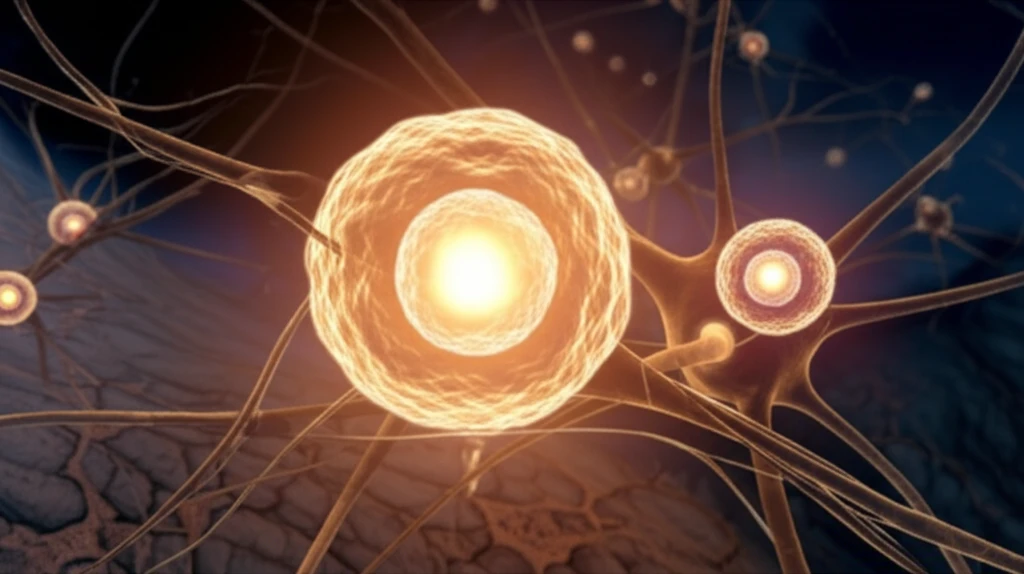
Diabetes Breakthrough: Can Stem Cells End Neuropathic Pain?
"Human adipose-derived stem cells and their secretome show promise in reversing diabetic neuropathic pain in experimental models, offering a potential new approach to treatment."
Diabetic neuropathic pain, a frequent complication of diabetes mellitus, significantly diminishes the quality of life for affected individuals. Current pharmacological treatments often fall short, highlighting the urgent need for innovative therapeutic strategies. Recent research has turned its attention to the potential of mesenchymal stem/stromal cells (MSCs), particularly those derived from adipose tissue (hASCs), to combat this debilitating condition.
A new study published in Scientific Reports investigates the therapeutic effects of human adipose-derived stem cells (hASCs) and their secretome (hASC-CM) in a preclinical mouse model of diabetes. The researchers aimed to determine whether hASCs and hASC-CM could alleviate neuropathic pain and restore nerve function, offering a novel approach to treating diabetic neuropathy.
This article explores the key findings of the study, elucidating how hASCs and hASC-CM treatments reverse neuropathic hypersensitivity, modulate neuroinflammation, and promote nerve regeneration. We'll also delve into the potential mechanisms of action, offering insights into how these cell-based therapies could revolutionize the treatment of diabetic neuropathic pain.
Reversing Diabetic Pain: hASC and hASC-CM in Action

The study employed a streptozotocin (STZ)-induced diabetic mouse model to mimic the characteristics of type 1 diabetes. Once neuropathic hypersensitivity was established, mice were treated intravenously with either hASCs or hASC-CM. The researchers then assessed the effects of these treatments on various pain-related behaviors and underlying biological markers.
- Reversed mechanical and thermal allodynia and thermal hyperalgesia (abnormal pain responses to non-painful and painful stimuli, respectively).
- Exhibited rapid and long-lasting effects, with pain relief sustained for up to 12 weeks after treatment.
- Restored a correct pro/anti-inflammatory cytokine balance in nerves, dorsal root ganglia, and spinal cord.
- Prevented skin innervation loss, a common feature of diabetic neuropathy.
- Re-established Th1/Th2 balance in the spleen, which was shifted towards Th1 dominance during diabetes.
- Improved kidney morphology, indicating protection against diabetic nephropathy.
The Secretome Advantage: A New Era for Pain Relief?
While the study did not directly compare hASC and hASC-CM treatments, the results suggest that the secretome plays a significant role in mediating the therapeutic effects of hASCs. The secretome encompasses a broad range of bioactive factors, including growth factors, cytokines, and extracellular vesicles, that can:
<ul> <li>Promote axonal growth and remyelination</li> <li>Modulate the immune system</li> <li>Protect against apoptosis (cell death)</li> <li>Stimulate angiogenesis (blood vessel formation)</li> </ul>
The fact that hASC-CM alone can elicit similar therapeutic benefits as hASCs opens up exciting possibilities for cell-free therapies, which could overcome some of the challenges associated with cell transplantation, such as immune rejection and cell survival. Further research is needed to fully elucidate the composition and mechanisms of action of the hASC secretome to optimize its therapeutic potential for diabetic neuropathic pain and other conditions.
